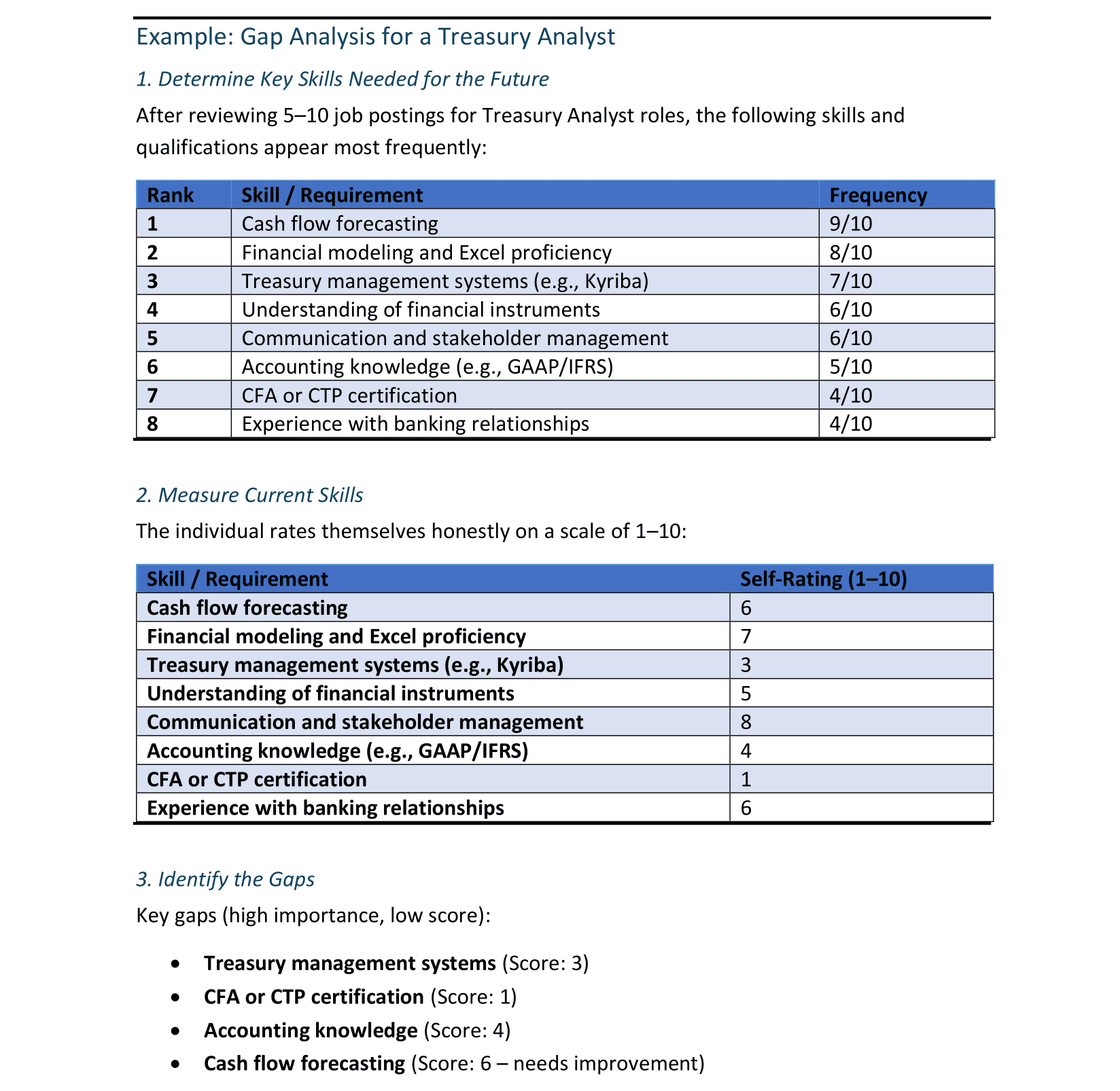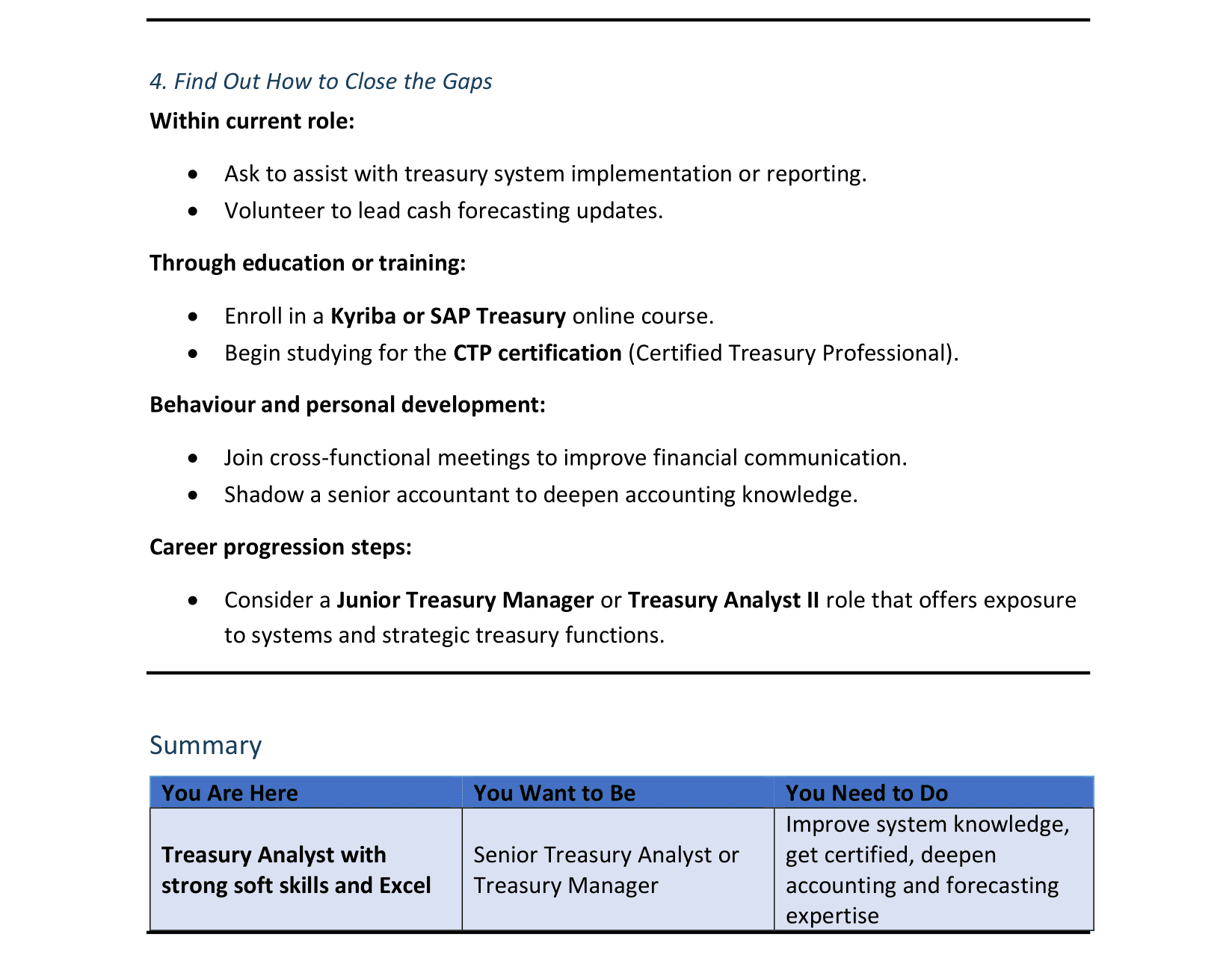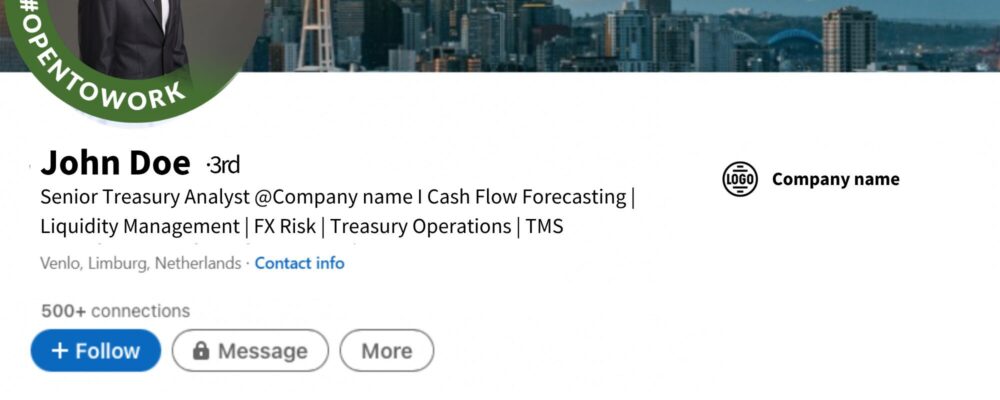
Früher oder später stellt sich (fast) jeder diese Frage. Bevor es aber ernst wird, sollte man sich ehrlich klar machen, was man sich davon erhofft und dies auch in Relation zum Arbeitsmarkt stellen.
Wenn es um mehr Geld geht, kann ich eine Annahme aus meinen Gesprächen definitiv bestätigen! Häufigere Wechsel bringen höhere Gehälter. Kandidaten, die alle zwei bis drei Jahre wechseln, fordern deutlich mehr als andere mit gleich langer Erfahrung, die aber lange bei einem Unternehmen geblieben sind. Häufigere Wechsel können aber auch dafür sorgen, dass man von einigen Unternehmen als Job-Hopper angesehen wird und sich damit einige Chancen selber verbaut. Das kommt aber meiner Klientenerfahrung nach gar nicht so oft vor, wie ich anfangs mal vermutet hatte. In Deutschland gingen unsere bestbezahlten Vakanzen alle in die Richtung der Kapitalmarktfinanzierung, also dieser Bereich bringt auf jeden Fall höhere Gehälter mit sich.
Neue Aufgaben sind ebenfalls ein häufiger Grund für einen Wechsel. Hier ist es auch wichtig zu verstehen, wie die Unterschiede zwischen Junior-, Mid- und Senior-/Director-Vakanzen sind. Allgemein lässt sich sagen: Je senioriger die Stelle, desto weniger Vakanzen gibt es und desto größer wird auch die Konkurrenz aktuell, weil einfach viele seniorige Kandidaten Interesse haben, sich zu verändern. Die einzige Branche, wo es aktuell anders scheint, ist die Beratung. Dort gibt es nicht genug Seniors und es wird viel nach diesen gesucht. Zu den neuen Aufgaben, die man sich erhofft oder die einem versprochen werden, höre ich öfter etwas, was mich ein bisschen verwirrt. Und zwar, dass Kandidaten Aufgaben und Aussichten versprochen werden, die dann aber nicht eingehalten werden. Daher würde ich Kandidaten raten, in den späteren Gesprächen wirklich konkret zu werden und im späteren Bewerbungsprozess (zum Beispiel wenn es ein Angebot gibt) die eigene Kandidatenmacht zu nutzen, um Details einzufordern. Je klarer die Erwartungen, desto geringer das Risiko einer Enttäuschung, und im besten Fall legt man vertraglich einige Aspekte fest, sodass man auch etwas sicherer bleiben kann, sollte ein Wechsel der Führung der Grund sein für die nicht eingehaltenen Versprechen. Das scheint zumindest der häufigste Grund dafür zu sein.
Zum Thema der Weiterentwicklung habe ich vor kurzem einen der bestbezahlten Treasurer Deutschlands gefragt, was ihn erfolgreich gemacht hat. Er sagte mir, man solle bereit sein, Risiken einzugehen. Besonders wenn sich einmal eine Möglichkeit im Ausland bei der eigenen Firma ergibt. Da gibt es heutzutage laut ihm viel weniger Bewerber als noch vor einigen Jahren und das hat seiner Karriere immens geholfen. Einen weiteren sehr erfolgreichen Head of Treasury habe ich gefragt, wie man am besten Head of Treasury wird. Er empfiehlt den Einstieg in ein kleines Treasury-Team, da man dort alle Facetten des Treasury kennenlernt und so sehr generalistisch aufgestellt wird. Das laut seiner Meinung macht einen fit für die Leitung und Übernahme des gesamten Bereichs, früher oder später.
So oder so würde ich immer empfehlen, sich einen guten Überblick über die Risiken zu verschaffen. Wie sieht der aktuelle Treasury-Stellenmarkt aus? Gibt es genug Stellen, die auch das gewünschte Gehalt zahlen würden? Wie groß ist der Umkreis, in dem man sucht, und wie viele Unternehmen gibt es in diesem, die auch interessant für einen selber sind? Denn wenn es schlimmstenfalls dazu kommt, dass man eine neue Stelle annimmt und diese nicht die richtige ist, ist man meiner Erfahrung nach aktuell nicht in einer guten Position, schnell eine neue Stelle zu finden.
Ein Jobwechsel bringt (fast) immer mehr Geld, neue Aufgaben und eine Weiterentwicklung. Er ist aber auch mit Risiken verbunden und diese sind manchmal höher als zu anderen Zeiten. Die beste Vorbereitung ist Klarheit über die eigenen Wünsche und Ziele und ein ernsthafter Einblick auf den Arbeitsmarkt. Für diese Informationen ist ein spezialisierter Recruiter sehr hilfreich, zumindest würde ich es so machen. Hier aber trotzdem immer fragen, woher diese Informationen kommen, da Recruiter gerne als Experten gelten wollen (was aber nicht unbedingt der Fall sein muss).











